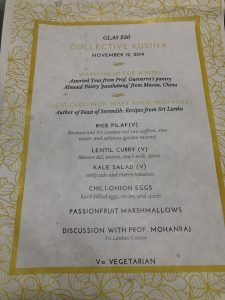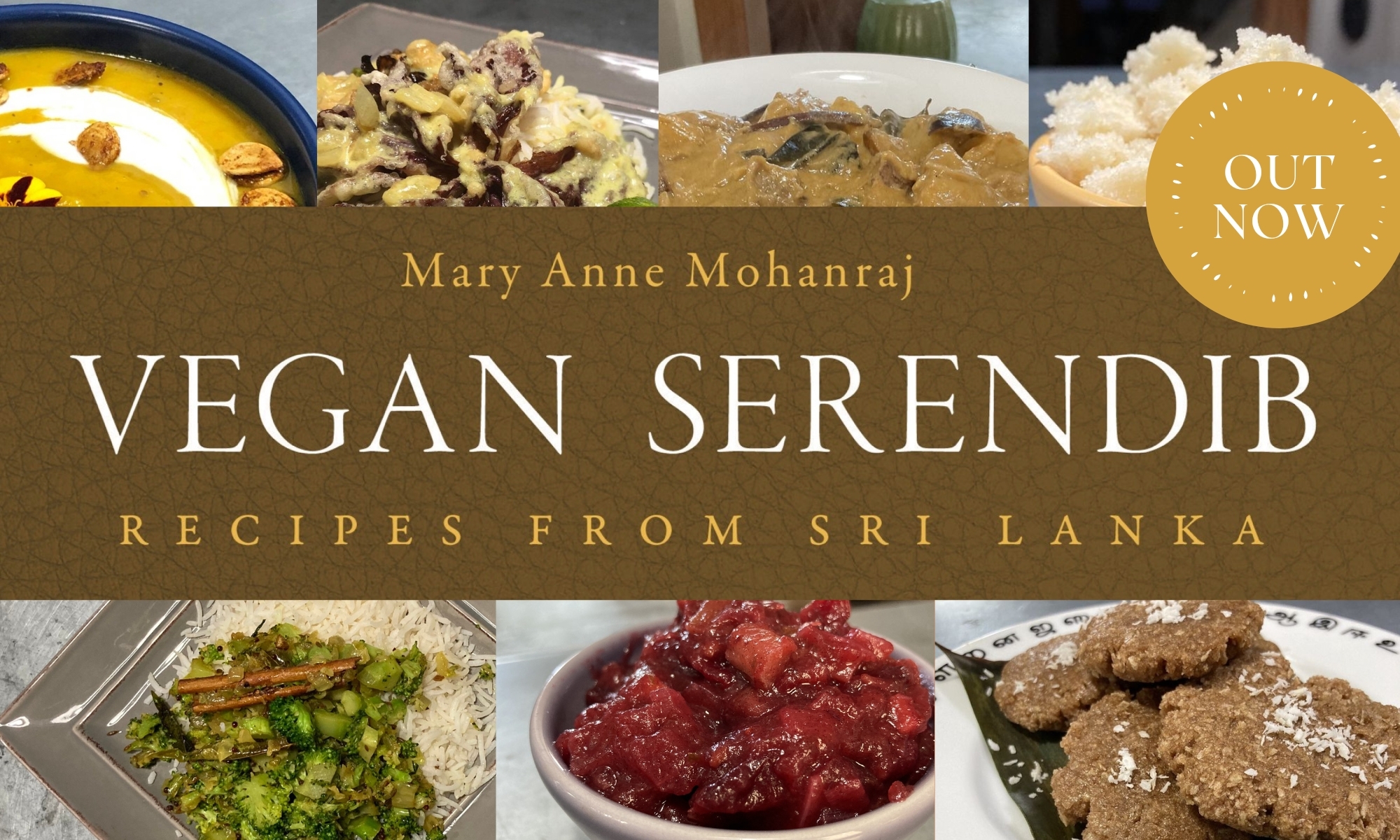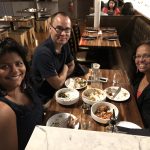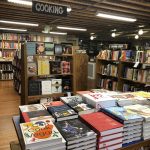I’m reading through The Best American Food Writing 2019, edited by Samin Nosrat, whom you know I adore. So far, it’s not quite what I expected. Five pieces in, we have:
– a little funny piece about how we describe food, v. cute: “Imagine the agony of a ghost who is too nice to haunt anyone properly, and yet he tries and tries and tries for all of eternity. If you captured his flop sweat in a jar and put it under a heat lamp, it would turn — unfortunately — into the fermented dairy drink kefir.”
– a long, excellent, reported piece about the biggest irrigated farmers in the world (the couple who own POM Wonderful and many many nut groves) and who owns / controls water in California; really nuanced portrayal of their lives and the complexity of their attempts at philanthropy / sense of noblesse oblige with their mostly undocumented Hispanic workers
– a poetic, emotional piece about the eggs the author is no longer able to eat, connecting obliquely to her Nigerian culture
– another reported piece about the subtlety of heirloom Mexican beans, how one should cook them (very simply), and why it’s a struggle making them profitable, even though they’re now coveted by high end chefs and bean conoisseurs
– an examination of Finland’s exceedingly salty licorice, with some cultural analysis thrown in
They’re….hmm….more analytical than I was expecting, I think? More restrained? And I’m not sure if that’s reflecting Nosrat’s editing style and selections based on her taste, or if I’m just not familiar with what’s typically in this series; I might have to jump back a few volumes to compare.
But it’s a very far cry from the kinds of writing you see in most food blogs, to be certain (which often have a sort of breathless enthusiasm and fondness for adjectives), and even from anthologies like Eat Joy, which I finished a month or so ago. Maybe it’s a New Yorker thing? (Several of these pieces were originally published there.) There’s definitely a sense that Nosrat and these writers mostly move in a different world than I do, a world utterly immersed in professional food.
Roshani and I have been talking a lot lately about food writing, and the thing is, even though I’ve written a cookbook, and have a host of food-related essays in the works, I’m not sure I’m actually a food writer.
I’m…something else, I think, that intersects at times with food. A memoirist, perhaps? A cultural…not critic, exactly. Not translator. Something I’m having trouble finding a word for. Synthesist?
But I don’t think you’re going to see me writing a long reported piece anytime soon, or going deep into a specific ingredient, like onions, no matter how much I love them. That kind of food obsessiveness isn’t where my passion lies, though I can appreciate it in others. It’s a nice place to visit.
At SALA, my friend Nalini told me that she thought my writing was about…hmmm…I don’t know that I remember what she said, exactly. Lowering artificial barriers? Something like that. It rung true, whether I’m talking about being bi & poly, or about cooking unfamiliar food (or just cooking being an unfamiliar practice to you), or about letting your garden go a little wild…
Well. I’ll keep reading. We’ll see.

















